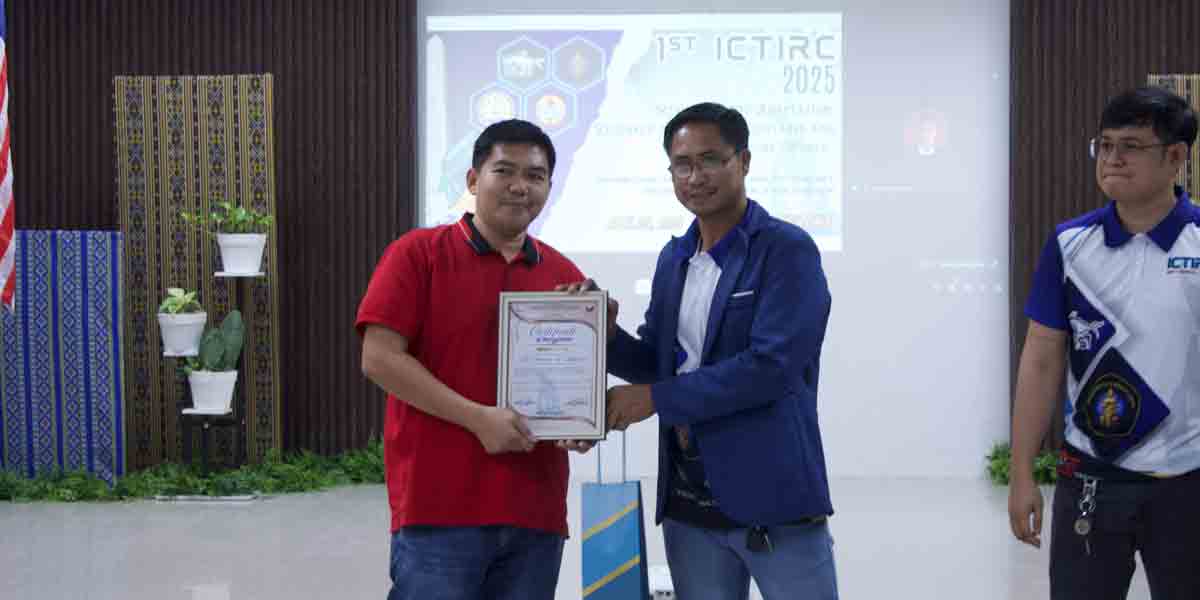By Herman M. Lagon
Starbucks is not just a coffee shop; it is a phenomenon. From the scores of branches in the bustling streets of New York to the four quieter outlets of Iloilo, the iconic green siren logo beckons a diverse array of patrons, each with unique stories. But who are the true fans of this global coffee empire, and what does their devotion say about the interplay of culture, status, and identity in our modern world?
At the heart of the Starbucks experience is the allure of affluence. For many, walking into a Starbucks and ordering a custom-made beverage carries a sense of achievement and belonging. The brand has masterfully crafted an image of luxury and a comfortable, accessible escape. Middle-class professionals, for example, might see their daily coffee run as a small but significant ritual that reaffirms their status—a momentary indulgence that punctuates their busy, successful lifestyles.
However, the appeal of Starbucks stretches beyond those who can easily afford it. For every well-heeled executive who breezes through its doors, there’s an aspirant—a student or a young professional for whom Starbucks represents a piece of a lifestyle they are striving to attain. These customers might save up to savor the Starbucks experience, not just for the taste of a latte, but for the ambiance and subtle statement about their upward mobility.
Starbucks aficionados often find more than just a cup of coffee in their preferred coffee shop; they find a part of their identity. The brand has become adept at selling an experience tailored to evoke a sense of belonging. For many young people, especially in urban centers, Starbucks serves as a third space between home and work—a place to see and be seen, gather and be alone publicly. It is a venue for informal meetings, a quiet space for students to study, and a common ground for friends to chat.
This shared space also plays into the psyche of belonging to a broader, global community. Starbucks stores worldwide maintain a consistent aesthetic and service standard, making them instantly recognizable and reassuring. For travelers and expatriates, a local Starbucks provides familiarity in an unfamiliar landscape, reinforcing a global identity.
In every society, certain brands become symbols of more than just consumption; they signify a person’s taste, status, and cultural sophistication. Locally, where social stratification is both recognized and subtly contested in daily interactions, Starbucks holds a particular cachet. It is perceived not just as a place to get coffee but as a venue where one can display one’s success and sophistication. For social climbers, being seen with a Starbucks cup can be a strategic move, an accessory to a carefully curated personal image.
Interestingly, the phenomenon of using Starbucks as a status symbol is not unique to any one culture. It reflects a universal aspiration towards brands perceived as prestigious or Western. This is especially pronounced in societies where rapid economic growth propels more people into the middle class and where global brands are equated with a higher standard of living.
Meanwhile, a newer dimension to the Starbucks aficionado’s profile is the rise of the socially and environmentally conscious consumer. Starbucks has responded to this demographic shift by highlighting its commitment to sustainability—from ethically sourced beans to efforts to reduce its carbon footprint. For environmentally-conscious patrons, supporting Starbucks becomes a matter of taste and a statement of their values.
As much as it is a temple for the thirsty, Starbucks serves as a mirror reflecting our society’s values, aspirations, and contradictions. The patrons of Starbucks are as varied as the drink menu, each selecting not just a coffee but an experience and an expression of identity.
For us observers and perhaps occasional participants in this caffeinated or chocolatey spectacle, it reminds us of the power of brands to shape social interactions and cultural landscapes. It challenges us to think critically about the reasons behind our choices: Are we seeking comfort, status, recognition, or simply a good cup of coffee or, in my case, an extra sweet choco chip cream? The answer might reveal more about us than we anticipate.
***
Doc H fondly describes himself as a ”student of and for life” who, like many others, aspires to a life-giving and why-driven world grounded in social justice and the pursuit of happiness. His views do not necessarily reflect those of the institutions he is employed or connected with.






















